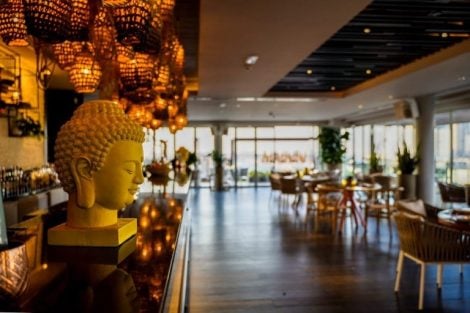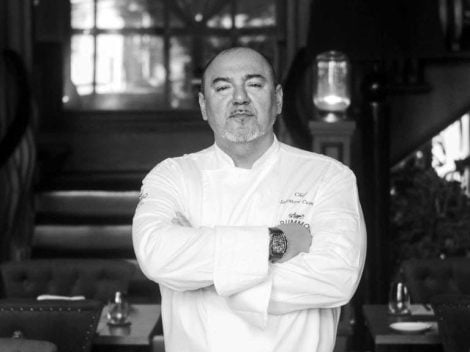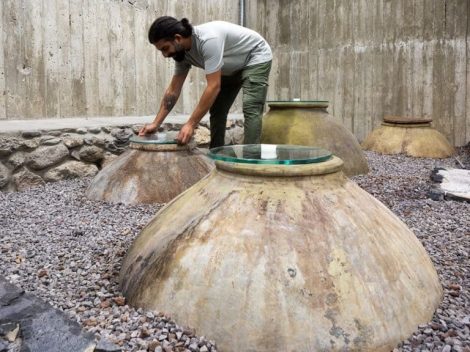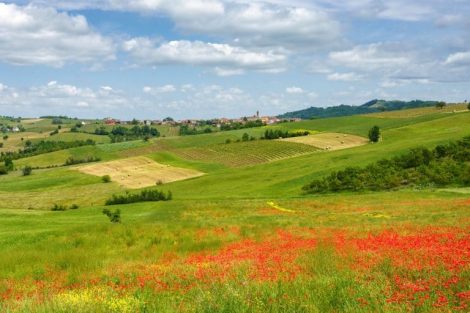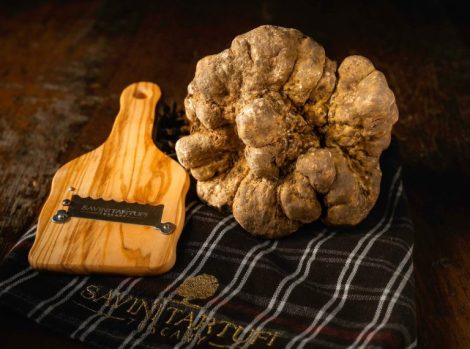It was a dark and stormy evening in 1773, the waves and the wind swept the bridge of the brig threatening to sink it, when the distant lights of the port of Marsala began to shine dimly, John Whoodhouse gave orders to the commander of the Elizabeth to veer immediately towards land to rescue crew and cargo. Thus begins the story of the best-known Sicilian wine, Marsala, in truth at the time it was not called that yet, it was known as Perpetuum due to the production method, it was an oxidative wine made from inzolia and catarratto or perricone grapes in the red version, which was in fact obtained by filling a single barrel every year with a new wine so that the wine obtained also had the characteristics of the previous years.
Legend has it that Woodhouse, after having docked and secured accommodation in a tavern in the port, after tasting the Perpetuum offered to him by the innkeeper, being a good merchant he immediately understood the beverage's economic and quality potential, in fact at the time in England enormous quantities of wines were consumed such as Jerez and Port from Spain and Portugal. The rest is history, Woodhouse began importing Perpetuum to England by adding alcohol to make it "navigable" as said at that time, then he founded his own production factory in Marsala, where he began to produce Marsala with the Soleras method, soon followed by other English like Ingham, Whitaker, Hopps.
Then the Florios and Diego Rallo arrived, thus Marsala was born. However, we had to wait exactly a century for Marsala, which in the meantime had had global success and made all the producers very rich, starting with the Florio, to take on its current organoleptic characteristics. It was 1874 when Baron Antonio Mendola, ampelographer and agronomist, engaged for years in the search for a grape capable of giving more aromatic complexity and structure to Marsala, registered a hybrid of catarratto and zibibbo (moscato d’Alessandria) with the name of moscato Cerletti.
What is now called grillo was thus born and which for a few years after its creation is still now – with inzolia, catarratto and damaschino – part of the grapes with which Marsala can be produced. While the Perpetuum or Perpetuo that a growing number of producers have successfully resumed producing, is reliving a second life, with the Pre-British denomination precisely by virtue of its history.
Grillo: two rare and special wines to get to know
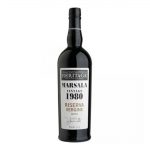
Marsala Vergine Secco Vintage Riserva 1980
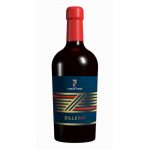
Ziller 47

selected by Gambero Rosso

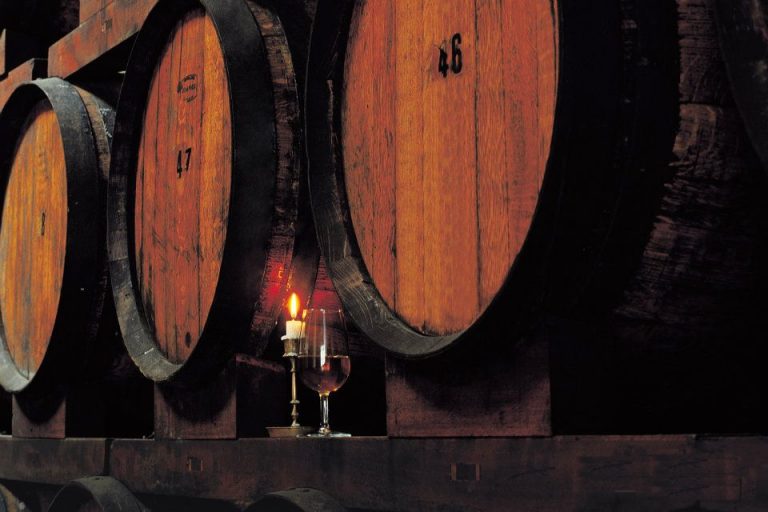
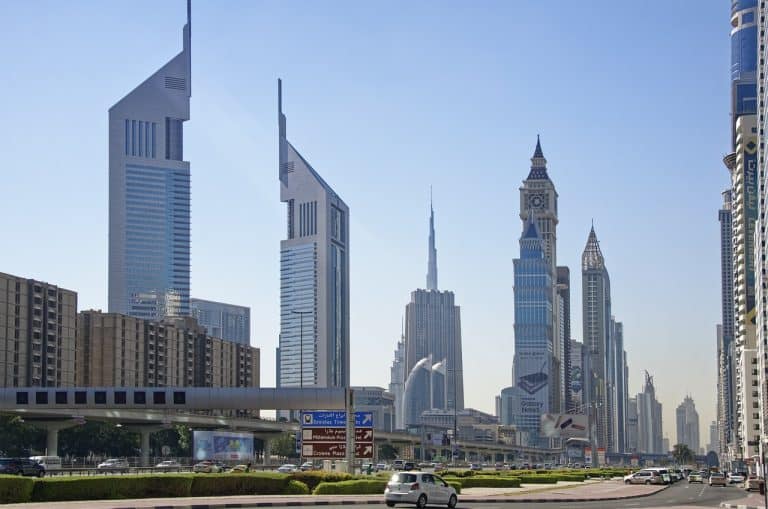 Dubai speaks Italian: a journey through the Emirate's best Italian restaurants
Dubai speaks Italian: a journey through the Emirate's best Italian restaurants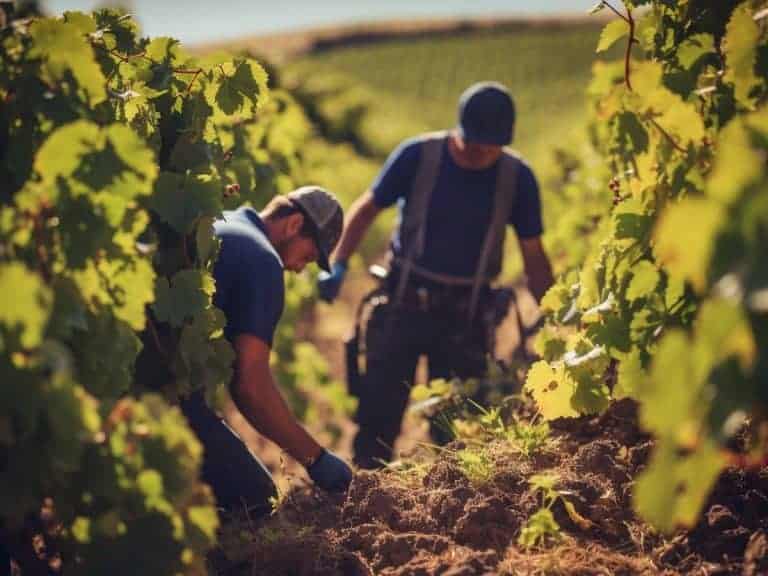 In France, over a thousand winegrowers have decided to abandon wine production
In France, over a thousand winegrowers have decided to abandon wine production In Miami, a Restaurant Hired a Pair of Grandparents to Hand-Make Tortellini: The Story of Torno Subito
In Miami, a Restaurant Hired a Pair of Grandparents to Hand-Make Tortellini: The Story of Torno Subito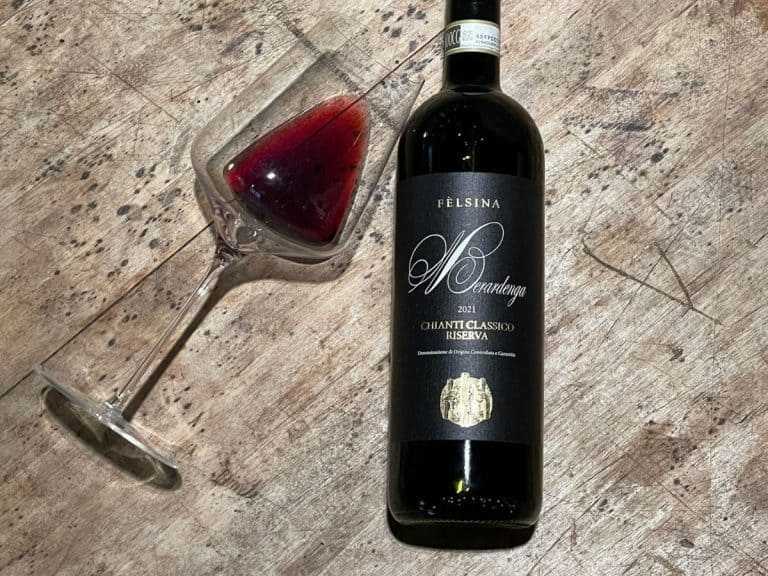 Wine Spectator’s Tuscan focus: All the Italian labels featured in the Top 100
Wine Spectator’s Tuscan focus: All the Italian labels featured in the Top 100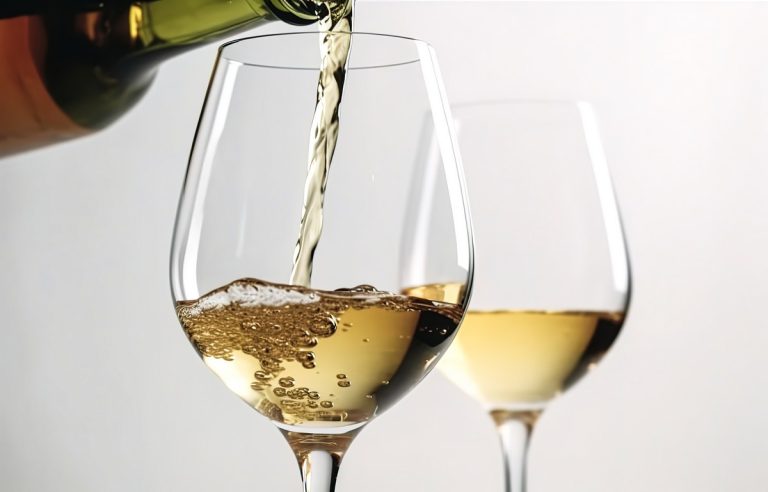 The 8 best Soave wines chosen by Gambero Rosso (with a brand-new entry in the Tre Bicchieri club)
The 8 best Soave wines chosen by Gambero Rosso (with a brand-new entry in the Tre Bicchieri club)